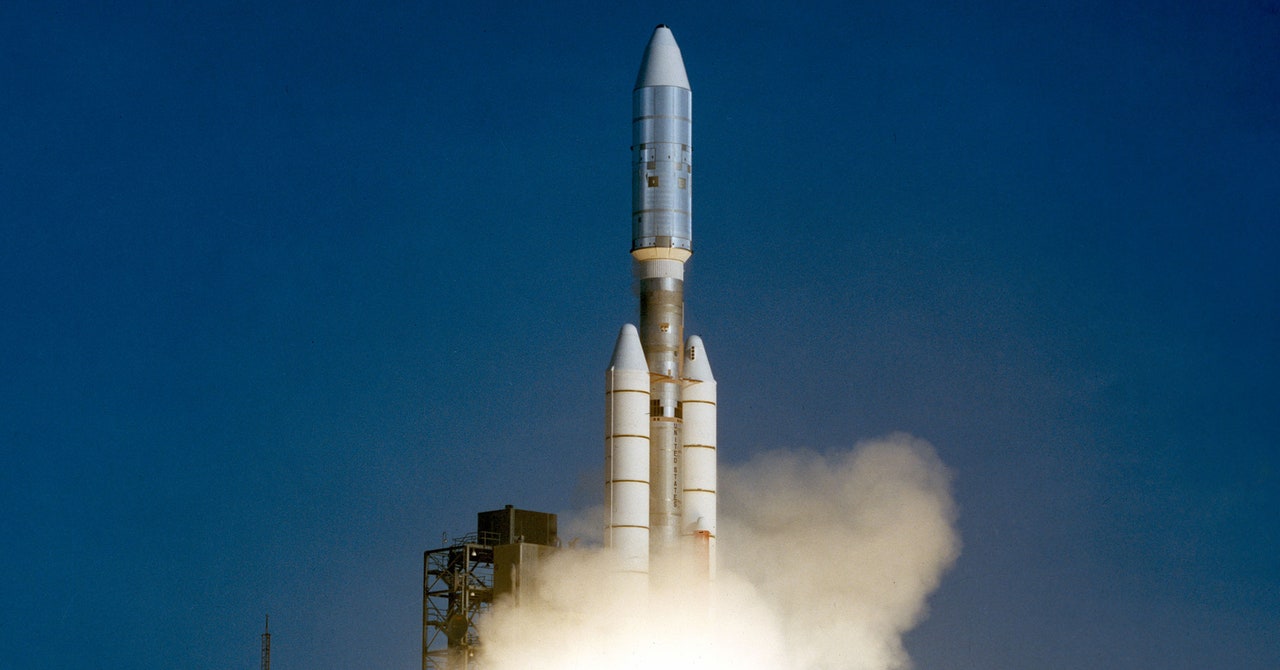During the five months of troubleshooting, Voyager’s ground team continued to receive signals indicating that the spacecraft was still alive. But until Saturday, they lacked insight into concrete details about Voyager 1’s status.
“It’s pretty much the same as we left it,” Spilker said. “We are still in the early stages of analyzing all channels and looking at their trends. Some temperatures have dropped a bit over time, but we’re seeing pretty much everything we hoped for. And that’s always good news.”
Move code
During their investigation, the Voyager ground team discovered that a single chip responsible for storing part of the FDS memory had stopped functioning, likely due to either a cosmic ray hit or a failure of aging hardware. This affected some of the computer’s software code.
“It destroyed some of the memory,” Spilker said. “What they have to do is move that code to a different part of memory and then make sure that anything that uses those codes, those subroutines, knows that it needs to go to the new location to access it and it to carry out.”
Only about 3 percent of the FDS memory was corrupted by the faulty chip, requiring engineers to transfer that code to another part of the memory bank. However, according to NASA, no single site is large enough to contain the entire section of code.
So the Voyager team divided the code into sections to store it in different locations in the FDS. This wasn’t just a copy-and-paste job. The engineers had to change some of the code to make sure everything worked together. “All references to the location of this code in other parts of the FDS repository also needed to be updated,” NASA said in a statement.
More recent NASA missions have hardware and software simulators on the ground where engineers can test new procedures to ensure they don’t cause harm when they send commands to the real spacecraft. Due to its age, Voyager has no ground simulators and much of the mission’s original design documentation remains in paper form and has not been digitized.
“It was really just looking at the code,” Spilker said. “So we had to triple check it. Everyone looked through it and made sure all the connections fit together.”
This was just the first step in restoring Voyager 1 to full functionality. “We were pretty sure it would work, but until it actually happened we didn’t know 100 percent for sure,” Spilker said.
“The reason we didn’t do everything in one step is because we had very little memory that we could quickly find. So we prioritized one data mode (the technical data mode) and moved only the code to restore that mode. said Jeff Mellstrom, a JPL engineer who leads Voyager 1’s “Tiger Team” tasked with solving this problem.
“The next step, moving the remaining three actively used scientific data modes, is essentially the same,” Mellstrom said in a written response to Ars. “The main difference is that the available storage limit is now even more stringent. We have ideas about where we could move the code, but we haven’t fully explored the options or made a decision yet. These are the first steps we will begin this week.”
